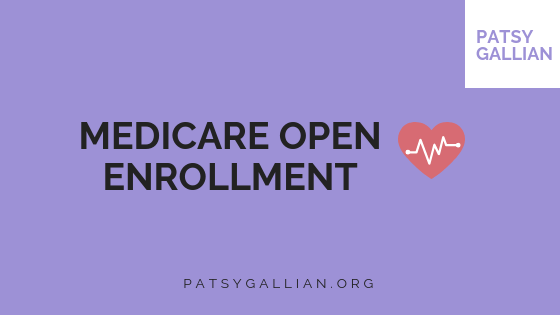With Open Enrollment for Medicare right around the corner, here are some tips, dates, and information to keep in mind.
Overview of Medicare
Medicare is a Federally administered program designed to provide medical care to those ages 65+, or those under 65 with specific medical conditions such as ESRD (end-stage renal disease). There are four key parts to Medicare:
Part A: Hospital Insurance
Part B: Medical Insurance
Part C: Medicare Advantage (MA)
Part D: Prescription Drug Benefit
Although Medicare is a Federally administered program, individual states are able to do the following within the general guidelines set forth for them (taken from the CMS, Center for Medicare and Medicaid Services):
- Establishes its own eligibility standards
- Determines the type, amount, duration, and scope of services
- Sets the rate of payment for services
- Administers its own program
Open Enrollment
Open enrollment is a period that occurs annually in which current Medicare subscribers can re-evaluate their plan. There are four different plans under the Medicare umbrella – they are Part A, Part B, Part C, and Part D. Parts A & B are the traditional Medicare plan, Part C refers to a private Medicare advantage plan, and Part D includes different prescription drug plan options.
Open Enrollment occurs every year starting October 15th and runs through December 7th. If you elect to change your plan during the Open Enrollment period, your new policy and coverage will go into effect on January 1st of the following year.
For example, if you change your policy from a Part A & Part B Plan to a Part C Plan during Open Enrollment between October 15, 2018 – December 7, 2018, your new plan will go into effect on January 1, 2019.
How Medicare Beneficiaries Get Coverage
There are two ways that beneficiaries of Medicare can receive coverage:
- Be enrolled in the Original Medicare Program: you receive Parts A & B plan coverage but must be enrolled in a stand-alone prescription drug program.
- Be enrolled in an MA Program: receive Parts A & B Plan coverage from the MA program – most MA programs will include Part D coverage.
For more information and description of enrollment options, visit www.medicare.gov.
